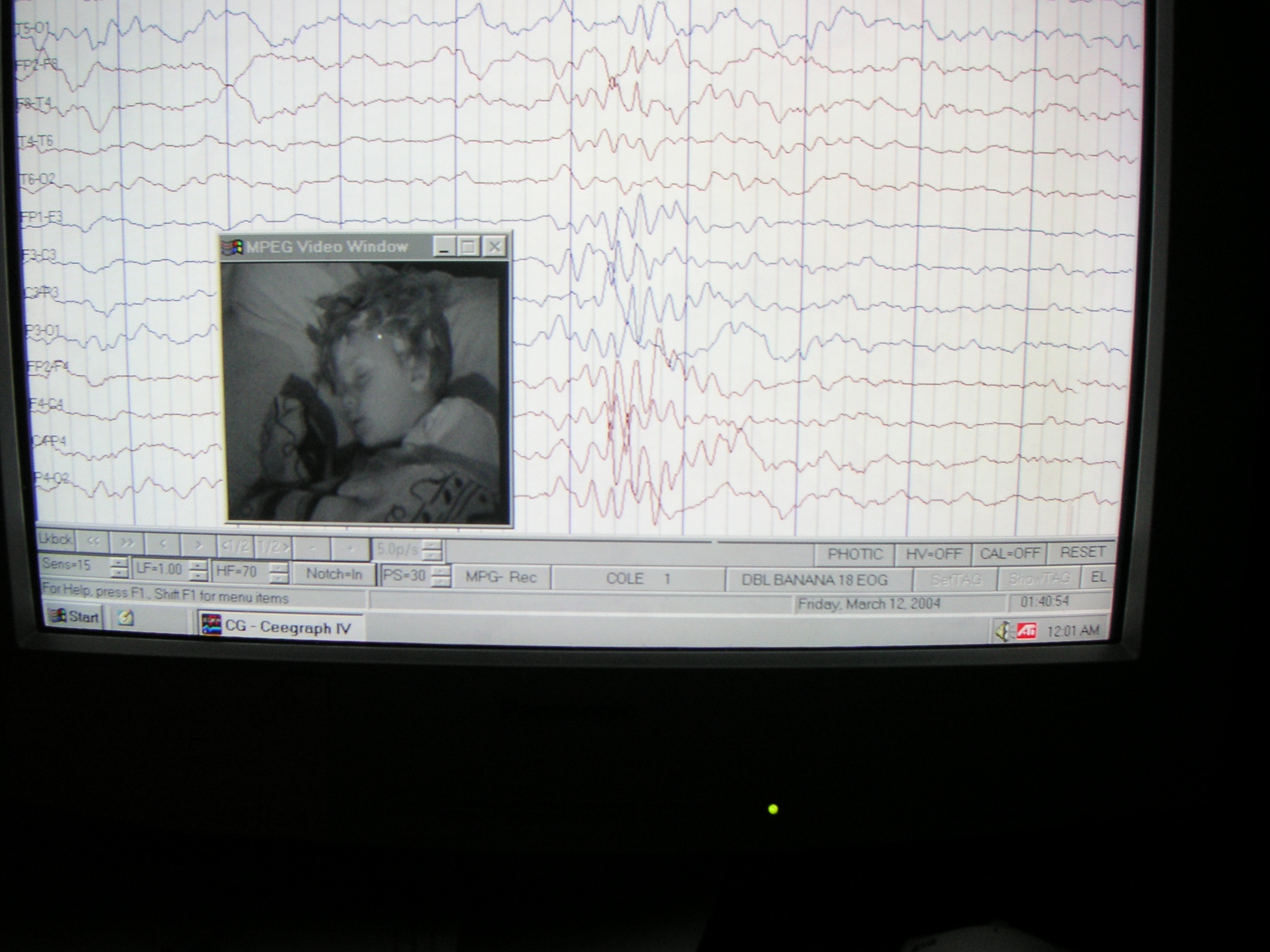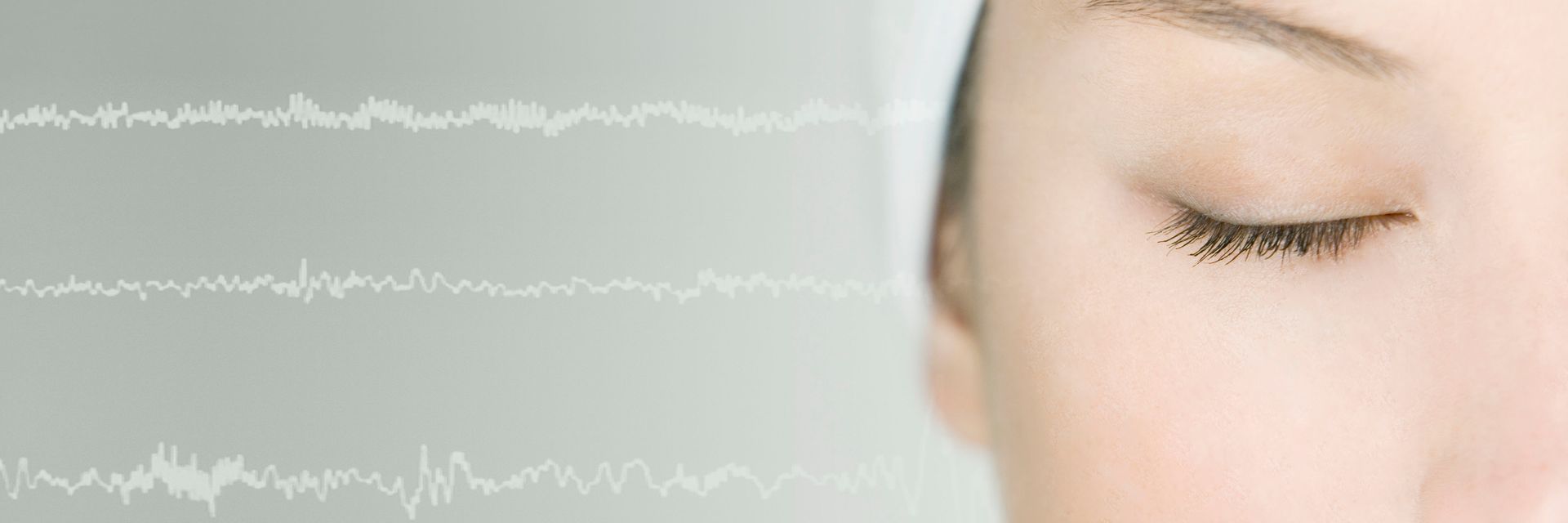Dreams, nightmares, and night terrors. What are they, exactly, and why do we have them? Oneirologists want to find out.
◊
With advances in diagnostic technologies and techniques, neuroscientists have made tremendous progress in understanding and treating various aspects of the brain. For example, functional magnetic resonance imaging (fMRI) maps brain activity has led to new understandings of cognitive processes like working memory and attention.
fMRI has also led to some important discoveries about dreaming. Oneirologists, the multidisciplinary scientists who study dreams, enlist a variety of methods in their research, from fMRIs to dream diaries. So, for example, some neurobiologists investigate the brain mechanisms involved in dreaming, while some psychologists focus their research on the content and interpretation of dreams.
Oneirology
Psychologists who study dreams examine, among other things, the functions and meanings of emotions, symbols, and themes reported by dreamers. These elements are studied in connection with the individual dreamer’s thoughts, feelings, and experiences. Two of the earliest students of dreams were Carl Jung and Sigmund Freud. Their work still influences oneirologists.
Different cultures perceive and interpret dreams differently, which is another interest of oneirologists. Cultural anthropology is of particular importance to understanding the complex beliefs and rituals involved in people’s attempts to make sense of dreams.
Oneirologists are also interested in the physiology of dreams. The thinking is that dreams perform some important function, but just what that function is remains unclear. Hypotheses include problem-solving, regulation of emotions, and memory consolidation, among others.

EEG of a sleeping child (Credit: Jemaleddin Cole, via Wikimedia Commons)
Some people engage in lucid dreaming, which is a state in which the dreamer is not only aware of their current state but can also direct their dream. Researchers are interested in the mechanisms at work in lucid dreams, particularly as they may have therapeutic applications.
There are also people who can remember their dreams in remarkably vivid detail – more so than many of us. In their study of this phenomenon, oneirologists focus on memory processes not only during sleep, but also wakefulness.
In addition to fMRI, neurologists use techniques such as positron emission tomography (PET) scans and electroencephalography (EEG) to study the brain activity of sleepers. They have identified not only the different stages of sleep, but also how those stages – like rapid eye movement (REM) and non-rapid eye movement (NREM) – are associated with different types of dreams.
Bad Dreams: Nightmares and Night Terrors
There are probably very few people who have not experienced a nightmare, also known as a bad dream. Nightmares are scary or deeply distressing. Sometimes, persistent nightmares are classified as a sleep disorder. Night terrors are another type of sleep disorder. Sleep disorders not associated with nightmares or night terrors can also lead to sleep pattern disruptions.
Oneirologists seek to understand how nightmares and night terrors function, as well as how they impact the dreamer’s mental health. They also seek to develop treatment methods for these conditions.

(Credit: Adobe Stock)
Researchers distinguish nightmares from night terrors not only by when they occur during the sleep cycle but also by the behavior of the sleeper. Night terrors typically occur in the early part of the night and may last up to 15 minutes. In addition, someone suffering from a night terror may talk and move around while asleep but not remember anything when they awaken. These frightening episodes tend to afflict children.
Nightmares, on the other hand, happen later at night, and the dreamer typically remembers what happened – and both children and adults experience nightmares from time to time.
At least one major challenge to a scientific understanding of dreams remains: the fact that, like consciousness, dreaming is subjective. That point of view intrinsically resists the sorts of objective accounts scientists seek to provide.
Ω
Title Image: RFBSIP, via Adobe Stock

